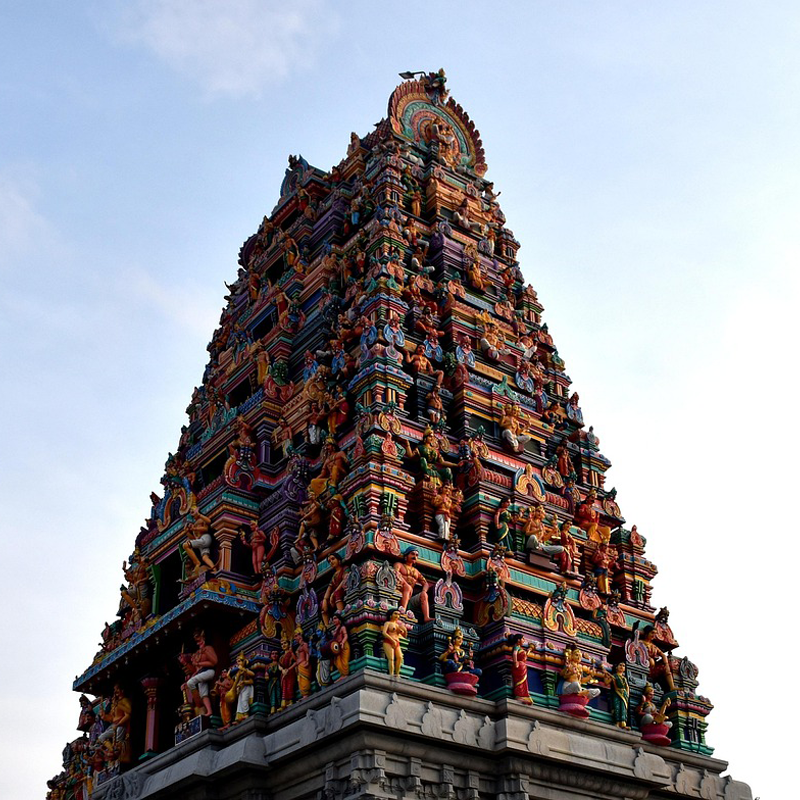Embark on an unforgettable journey with Delighted Journey, your gateway to bespoke luxury travel to India. Experience the island’s rich heritage, stunning landscapes, and exclusive, personalized itineraries crafted just for you.


Realize your dream India holiday with Delighted Journey custom itineraries. Each trip is an artfully crafted masterpiece, tailored to your unique tastes, from historical explorations to beachside relaxation and cultural immersions.

Id interdum velit laoreet. In pellentesque massa placerat duis. Arcu cursus euismod quis viverra nibh cras pulvinar mattis. Blandit libero volutpat sed cras ornare arcu dui vivamus. Integer eget aliquet nibh praesent.


4 Destinations
1 Destinations
Experience unparalleled luxury with Delighted Journey, your specialist in bespoke luxury travels to India. Our commitment to crafting tailor-made package holidays ensures a journey as unique as your dreams. Our team, rich in experience and expertise, is dedicated to designing custom travel itineraries that capture the true essence of India.
From the vibrant cities and majestic palaces to serene landscapes and rich cultural heritage, our bespoke private tours promise exclusivity and elegance. As a premier boutique travel agency, we specialize in luxury private tours that go beyond vacations—they are carefully crafted experiences with a personal touch. Trust Delighted Journey to be your bespoke travel partner, turning your Indian holiday into a masterpiece of memories.
Real travelers. Real stories. Real opinions to help you make the right choice.
From boutique stays to local food stops, Delighted Journey curated an itinerary that fit us perfectly. It felt personal, not packaged.

Experience the Delighted Journey Difference in your travels to India. Our approach combines luxury with authenticity, offering uniquely tailored journeys. With Delighted Journey Travel, you’re not just a traveler, you’re a connoisseur of exquisite, memorable experiences.
We merge our deep knowledge of India with an understanding of Indian preferences to offer journeys that are both authentic and tailored to you.
Our commitment to excellence is reflected in glowing five-star reviews from our clients, showcasing their satisfaction and unforgettable experiences.
We go beyond the standard professional approach, offering a deeply personalized and honest service, making each trip distinctively yours.
Our dedicated team supports you from the initial planning stage to the final moments of your journey. With 24/7 assistance, trusted local guides, and seamless support, we ensure your adventure is hassle-free, safe, and unforgettable.
We partner with the most reliable and accredited local tour operators across India to offer both packaged and bespoke tours. Our collaborations ensure you experience top-notch services, authentic cultural encounters, and excellent value for money.

















Copyright © 2025 Delighted Journey | All Rights Reserved.